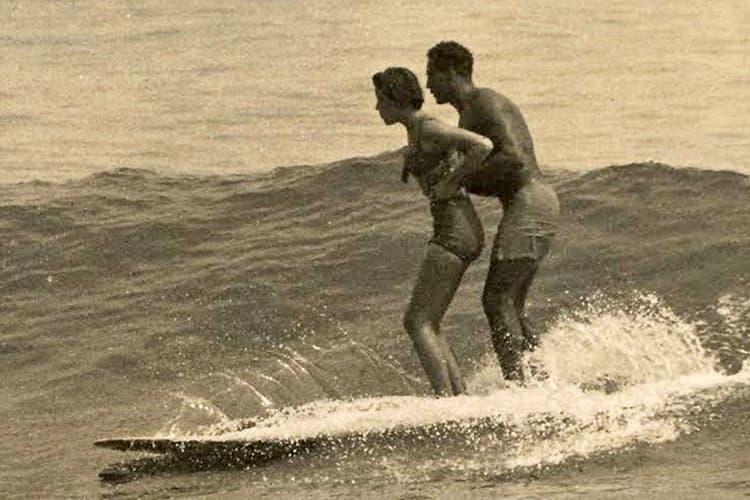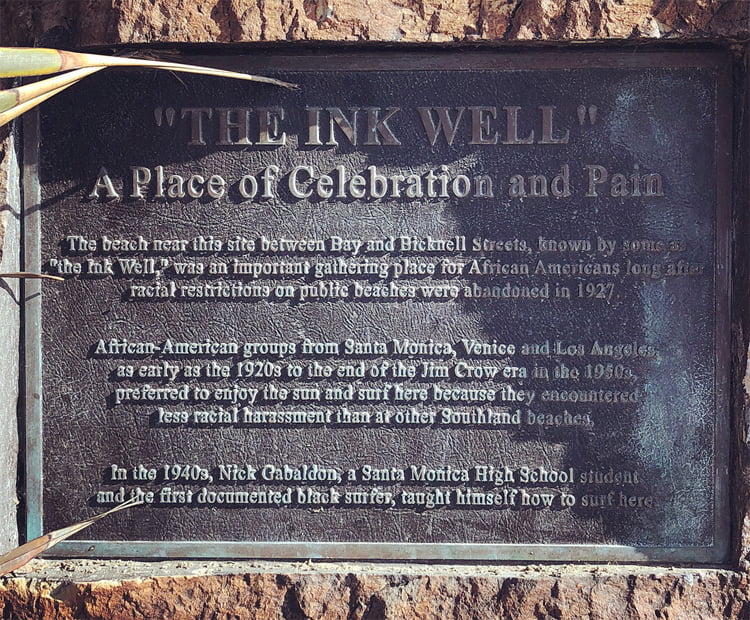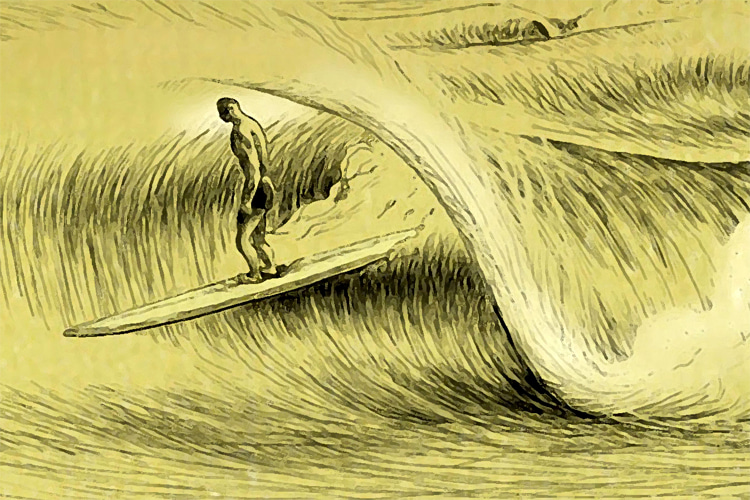The story of Nick Gabaldón reveals how a pioneer of African American surfing found a way to break racial segregation in the waves.
Nicolás Rolando Gabaldón was born on February 23, 1927, in Los Angeles, California.
He is widely considered America's first documented African American surfer in Santa Monica Bay. In fact, Gabaldón's father was Latino, and his mother was black.
Nick was one of the 50 black students attending Santa Monica High School. In the late 1940s, he taught himself how to surf on a stretch of sand at Santa Monica State Beach.
The area was known as "Negro Beach" and "The Ink Well Beach" - it was a place that was popular with African Americans where they experienced less anti-black harassment than at other beaches.
Nick Gabaldón served in the US Navy Reserve during World War II.
Soon after, the black American surfer enrolled in Santa Monica College. While studying, he also found time to surf as much as he could.

The Malibu Years
Around 1949, he tried his luck at Malibu's Surfrider Beach.
Legends such as Mickey Munoz, Greg Noll, Bob Simmons, and Buzzy Trent were some of the many surfers who shared the lineup with Gabaldón.
Nick would sometimes paddle 12 miles from "The Ink Well" to Malibu to enjoy the iconic local point break.
On June 5, 1951, Nick was one of the few enjoying an eight-foot south swell. In one of the waves, he shot the pier, crashed, and passed away.
His surfboard was retrieved on the same day, but his body was only found three days later at Las Flores Beach.
The autopsy report stated that Nick Gabaldón drowned.
One week before tragically losing his life, the man who defied racial discrimination in the surf submitted a poem to Santa Monica College's literary magazine.
Here's an excerpt of "Lost Lives":
The sea vindictive, with waves so high
For men to battle and still they die.
Many has it taken to its bowels below;
Without regard, it thus does bestow
Its laurels to unwary men.
Scores and scores have fallen prey
To the slat of animosity;
And many more will victims be
Of the capricious, vindictive sea.

Black Lives Matter
On February 7, 2008, Santa Monica officially recognized Bay Street Beach as an important gathering place and honored the life of America's early black surfer with a plaque titled "The Ink Well: A Place of Celebration and Pain."
The marker reads:
"The beach near this site between Bay and Bicknell Streets, known by some as 'the Ink Well,' was an important gathering place for African Americans long after racial restrictions on public beaches were abandoned in 1927."
"African-American groups from Santa Monica, Venice, and Los Angeles, as early as the 1920s to the end of the Jim Crow era in the 1950s, preferred to enjoy the sun and surf here because they encountered less racial harassment than at other Southland beaches."
"In the 1940s, Nick Gabaldon, a Santa Monica High School student and the first documented black surfer, taught himself how to surf here."
Every year, Santa Monica celebrates Nick Gabaldón Day.
"12 Miles North: The Nick Gabaldon Story," a film by Richard Yelland, documents the life and legacy of California's early African-American surfer.
